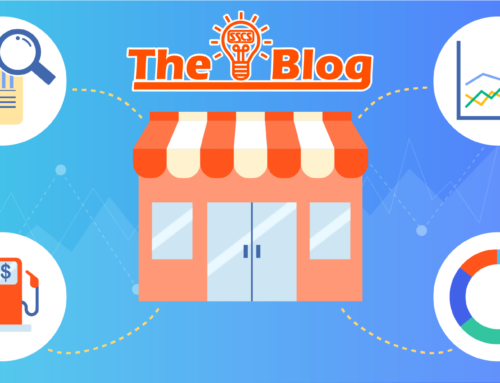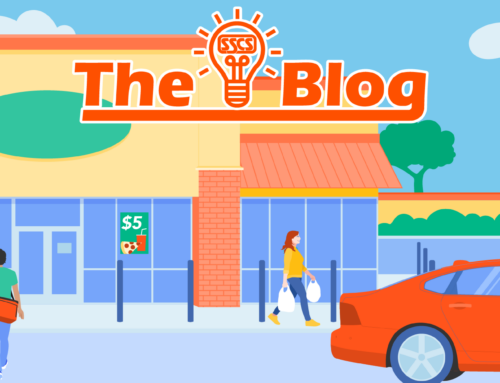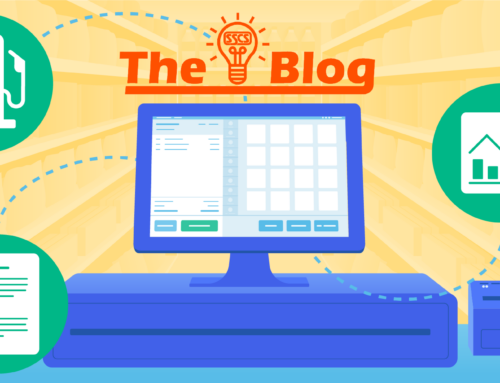
The growth of cashierless checkout has been rapid. What does it mean for a convenience retailer?
The year was 2018. The store: something called Amazon Go in Seattle. It got a lot of press, and not just because Amazon was moving into the c-store space. This was a store with no cashiers; an unattended store.
The concept caught on.
Five years later, cashierless checkout has continued to evolve and is spreading throughout the industry. It’s gained a boost in visibility from several high profile c-stores that see it as a way to improve the customer experience. If “unattended” and “customer service” strike you as terms opposed to each other . . . but we’re getting ahead of ourselves. Let’s take a look at what this technology does.
Autonomous retailing is the general use term for shopping experiences that remove the step of “being rung up at the register.” Some call those operations adopting it, autonomous stores.
The systems use one of two A.I.-driven technologies, and often a combination of both. In most cases, a smartphone running the tech vendor’s app—or the store’s app, with the functionality integrated—is required, using either NFC or QR codes to connect shoppers to a form of payment. Many require the shoppers to “tap in” as they enter the store, while some vendors also offer the ability to enter freely and “tap out” when they’re finished shopping.
A sensor fusion system, the type that Amazon Go initially introduced, uses a combination of cameras and weight sensors which are placed on each shelf along with dividers between products. This (and the initial phone scan) helps determine what has been placed in which shopper’s “basket.” These stores typically have gates for entry and exit, where the consumer has to “tap in” to gain access to the store.
Sensor fusion-only systems are common in small unattended stores and kiosks (such as airports and stadiums) where the inventory is less varied, precise product placement is less time-consuming, and the square area smaller and easier to map. However, Amazon has also used them for their own grocery stores, such as Whole Foods and Amazon Fresh.
A computer vision-only system uses a network of cameras that track where the customer is moving as well as what categories and items they are getting close to and taking off the shelf. While sensor fusion systems do use computer vision in addition to shelf sensors, some vendors have become sophisticated enough that they can make autonomous retail work without the shelf sensors. Standard AI, for example, only uses cameras. They also avoid the use of gates.
If you’re a convenience retailer, the autonomous store has probably landed on your radar, if for no other reason that it gained a huge boost in visibility when people wanted only limited outdoor exposure due to COVID.
Is it a good fit for your operation, though?
Next week, in Part 2, we’ll dive a little deeper into how adopters are approaching autonomous retail to help you answer that question. See you then!






Leave A Comment